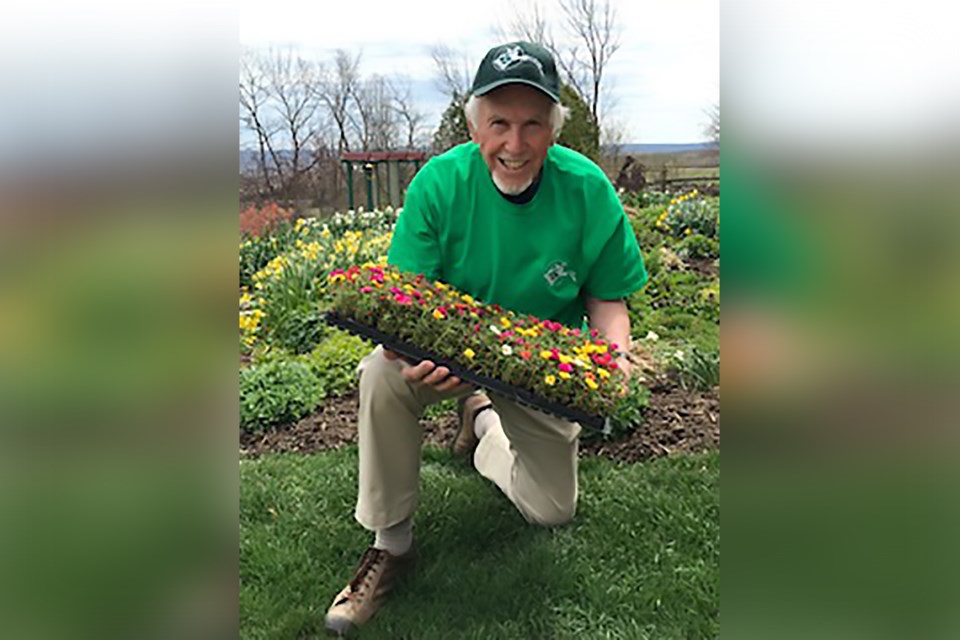All your planning this winter will pay off as the physical labour of gardening begins this month. Master gardener John Hethrington suggests the following to-do list to make sure your garden is a beautiful thing as soon as possible.
- Make sure you have done everything you were supposed to do on the March list, or ask for a new one.
- Do stretch and bend exercises before you start in the garden. I find skiing muscles have nothing to do with gardening muscles. Take it easy. There are a lot of gardening days before the ski season comes again.
- I hope you had a chance to spread 19-19-19 general-purpose fertilizer over the snow on all your flower beds and shrub borders before the snow disappeared. It melts down through the snow into the ground as the snow goes away. If you missed this step this year, plan for next winter and buy the fertilizer in the fall.
- While the snow may be gone, it may be back once or twice in April. If it is, you can still spread the triple-19 as long as it does not get on to the emerging plants, as it may burn them.
- Organize your compost pile for the new season. Start a new one with the top foot of compost from last year’s pile as a base.
- As the weather warms and the ground dries, prune back perennials and ornamental grasses to one to two inches from the ground. Collect the dead material and put it on your new compost pile. Shred it, if you can.
- Push any plants that the frost has heaved back into place.
- Prepare garden beds for planting. Dig in compost, and/or manure, and/or other organic material around each plant. Remove any weeds that have come through from last fall. When you have cleaned up the beds, add three to four inches of mulch to control weeds this summer.
- Remove rose protection. For Hybrid Teas, prune back to six or eight inches and apply dormant oil spray before the buds break.
- Apply dormant oil spray to shrubs like euonymus that may have suffered from scale last year. Do it before the buds break.
- Prepare your vegetable garden with a good digging. Add compost, if you have it. Mid-month, plant the seeds of cool-weather vegetables like peas, spinach, lettuce, onions, beets. Plant seeds of frost-resistant annuals like larkspur, sweet peas and calendulas.
- When dry, rake your lawn vigorously to remove any thatch; repair damage with weed-free topsoil. Add grass seed to bare spots. Keep moist.
- Fertilize your lawn with slow-release high nitrogen fertilizer (the first of the three numbers on the bag). Slow-release urea costs more, but it’s worth it, as it should last until the fall.
- Apply crabgrass pre-emergence herbicide to your lawn, if required.
- When spring finally comes, plant trees, shrubs, perennials and biennials in your garden. No need to wait until May 24 for perennials, that’s for annuals. It may be the first week in June before you can get frost-tender annuals safely into the ground.
- Re-fill your pots and planters with compost. Put empty plastic bottles with tops at the bottom of large pots. You will need less soil and they will be lighter to move. Add slow-release plant food to the top four inches.
- Then plant frost-resistant pansies now for a little spring colour.
- Start mowing your lawn only as needed. Keep it long.
John Hethrington has been gardening since the age of 9. He spent his early life gardening in Toronto and earned his certification as a Master Gardener before moving to Meaford where he cultivates 2.5 acres with 20 different gardens.
